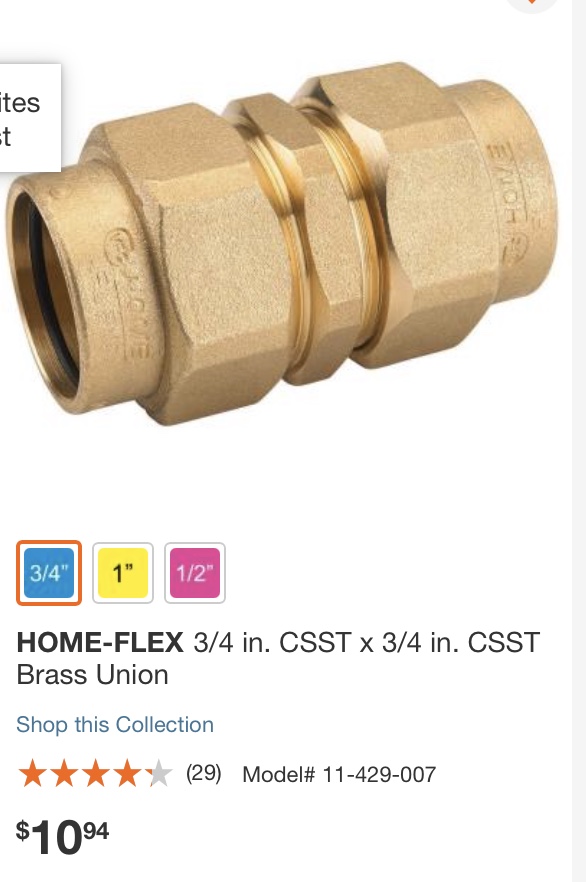I'm finishing my basement ceiling which includes building a bulkhead around ductwork, plumbing and two CSST gas lines. When the house was built (2002) the contractors used just enough of the CSST to get from point A to point B pinned to the underside of the ceiling joists. For the most part I'm able to tuck the lines inside the bulkhead for the length of the room, as opposed to having them run just above the drywall. Everything would work great if one of the lines was just a bit longer. (See attached photo.)
Shouldn't I be able to splice in 4-5 feet of CSST to make it fit? Information seems scarce on this but some sources seem to say (according to codes) that you can't "splice" CSST gas lines -- that it has to be one continuous run. That seems odd but I can't find anything saying that splicing is just fine. I know my stuff when it comes to carpentry, plumbing and electric, but have no experience with gas lines. I'm not opposed to bringing in a professional to make this happen but wanted to see what options are available. Any help greatly appreciated!



